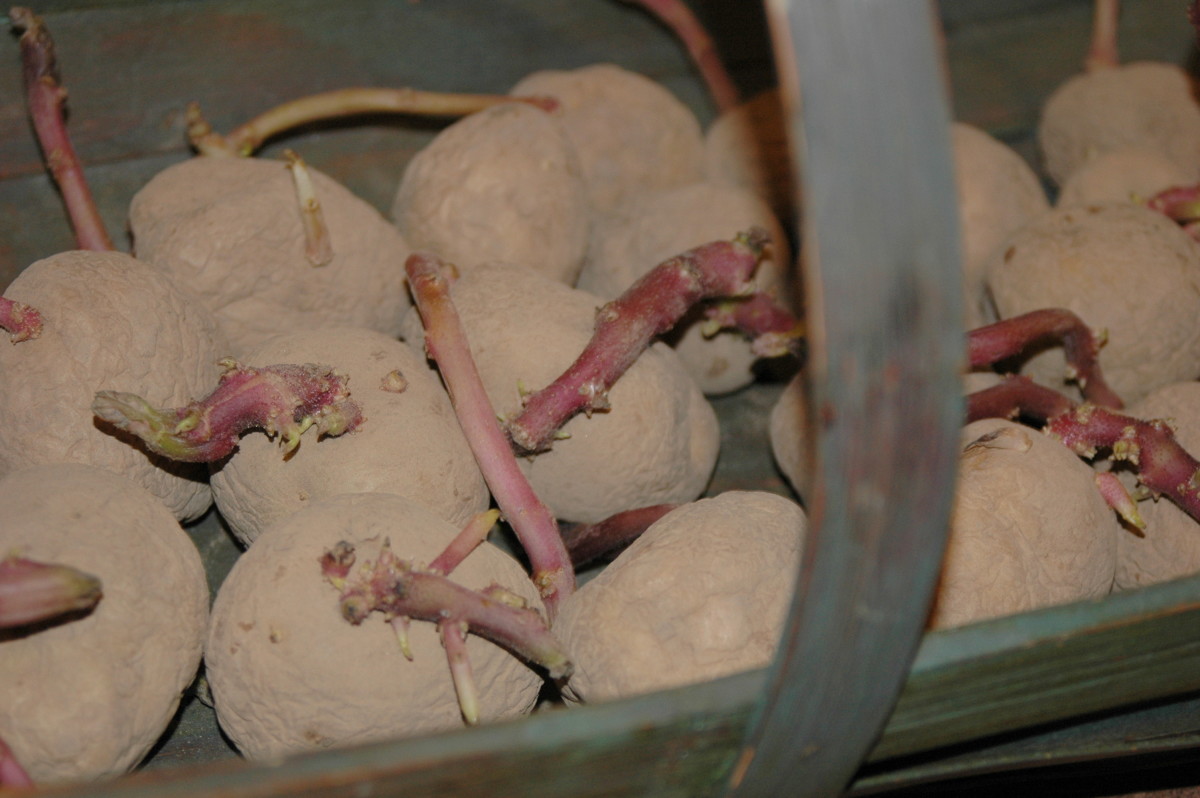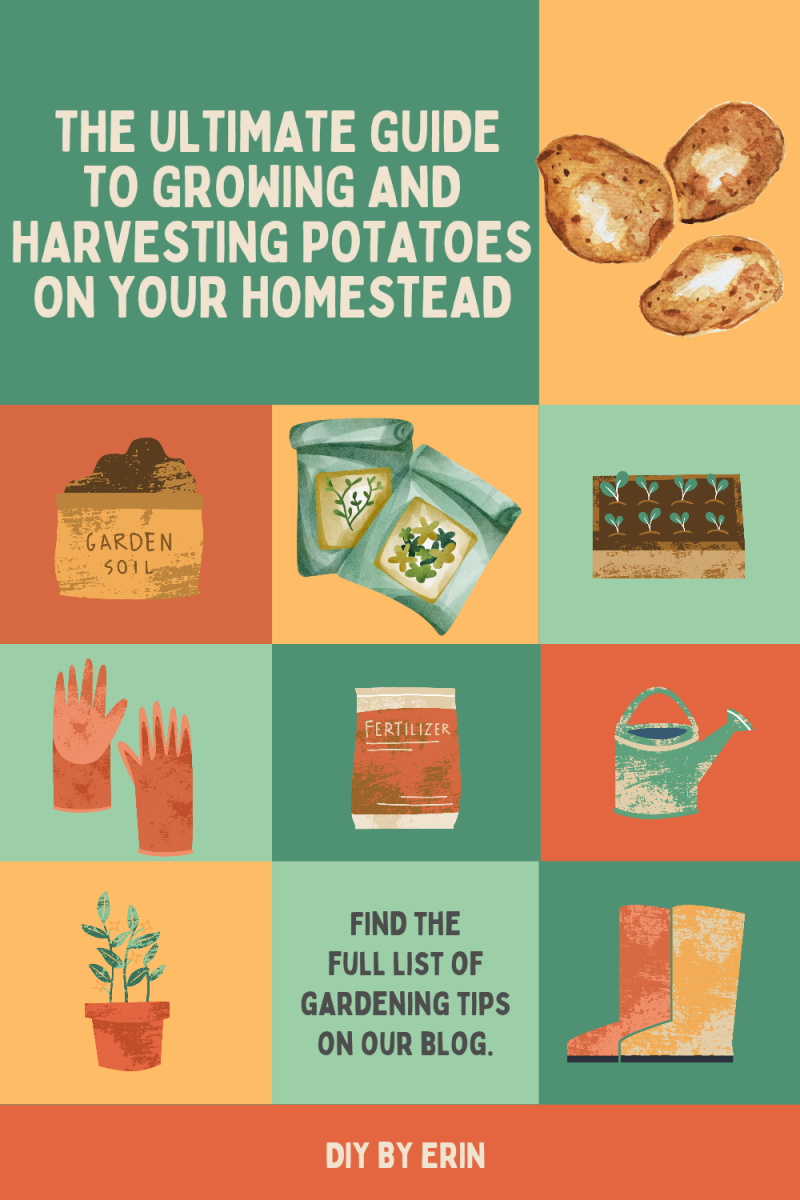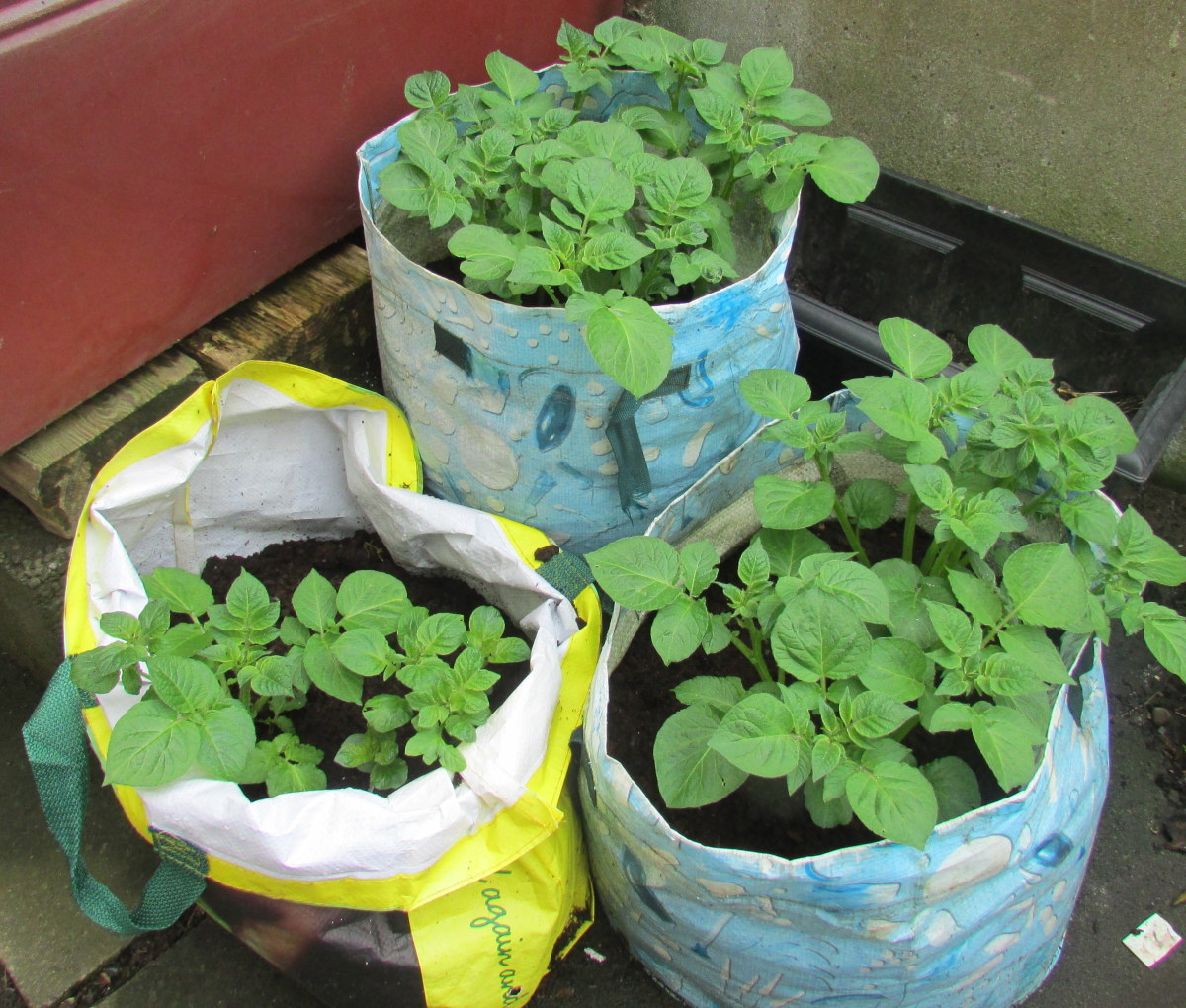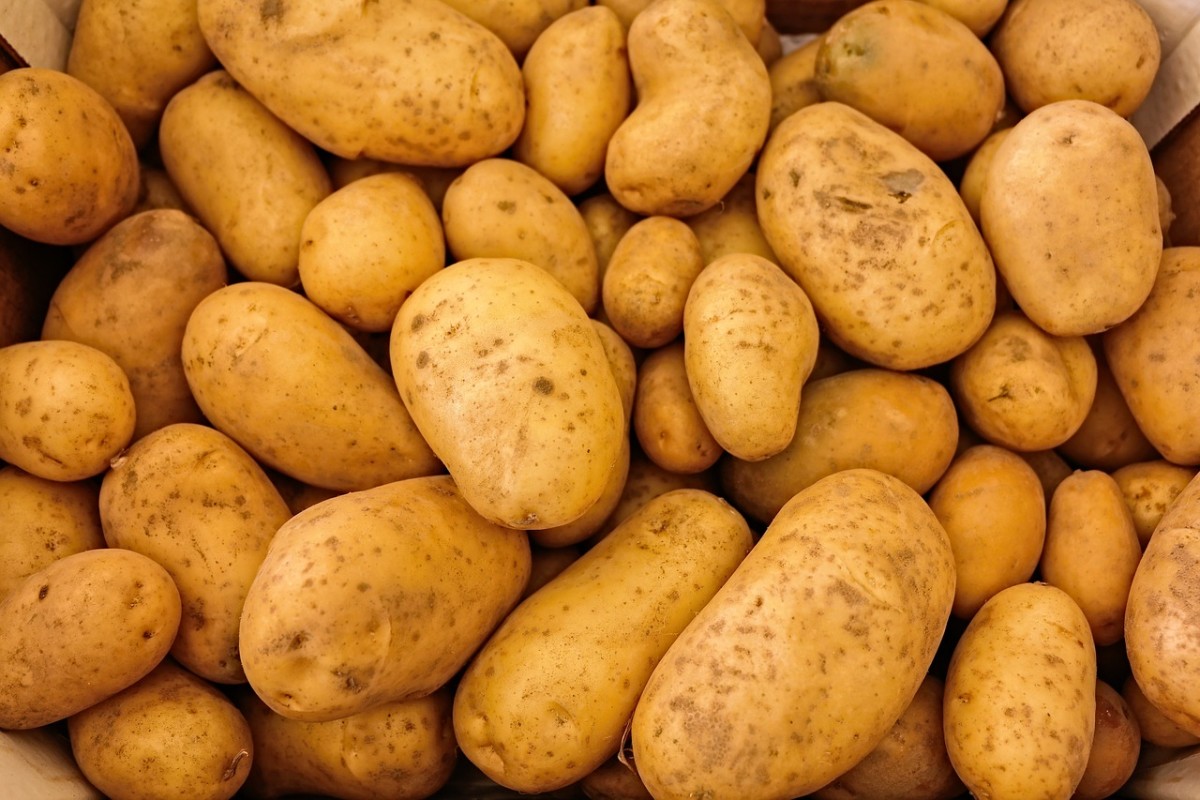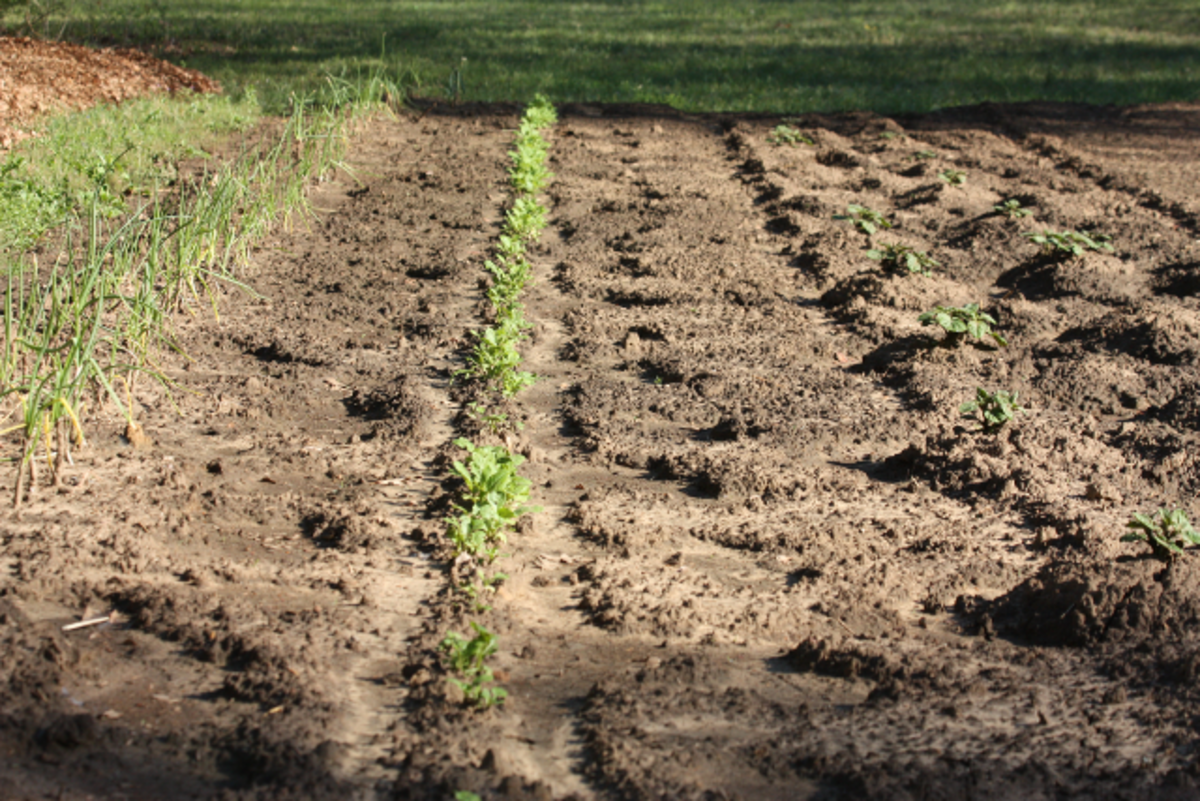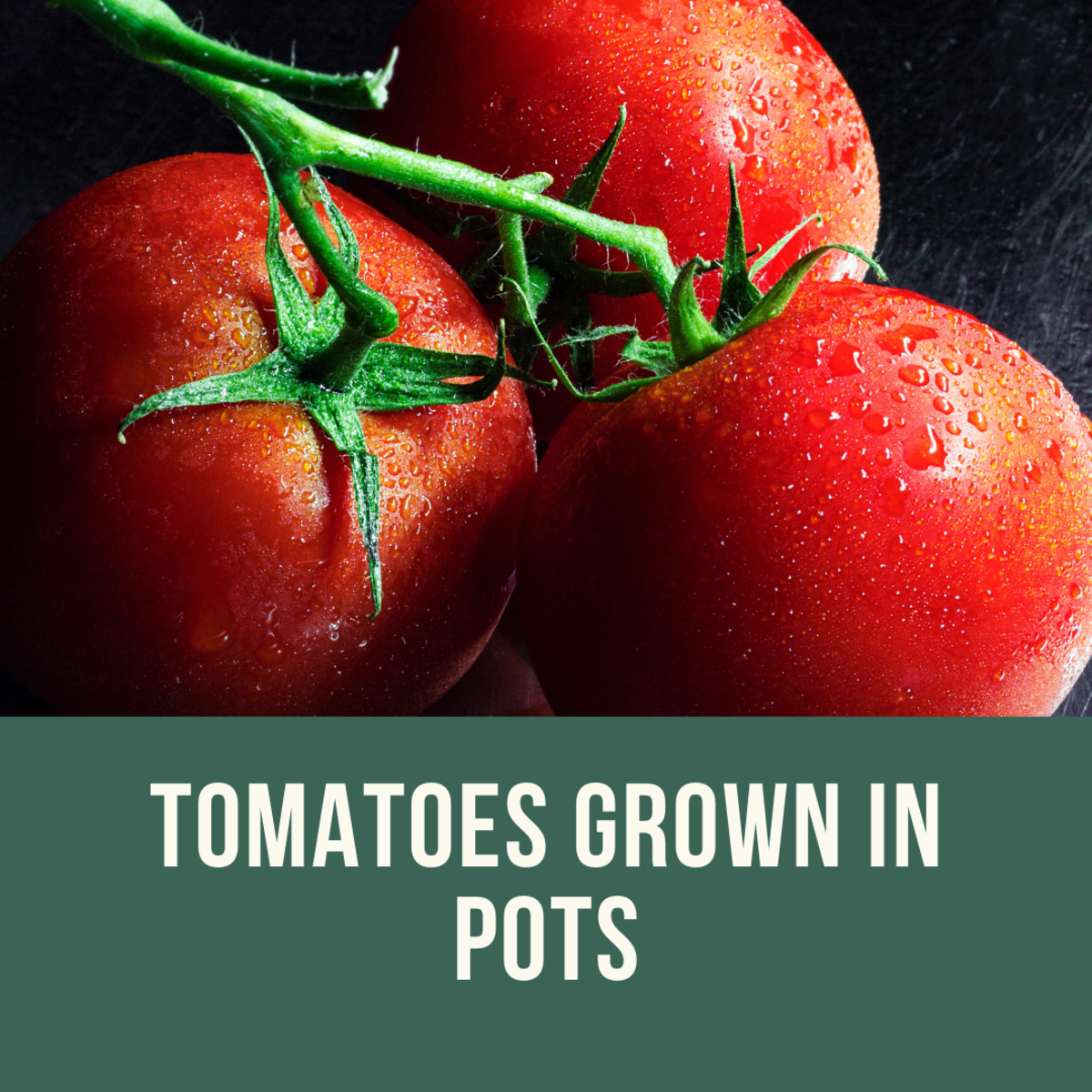- HubPages»
- Home and Garden»
- Gardening»
- Planting Vegetables
Growing Potatoes How To Hill The Plants
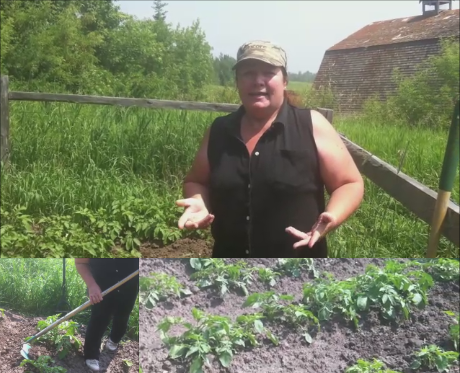
Why Hill Your Garden Potato Plants?
Many commercial potato producers grow hundreds of acres of potato plants without hilling them at all so why should the home garden grower bother hilling their potato plants? Ideally even commercial potato growers would hill their plants to optimize the plant's production, but it requires special farming equipment to hill many acres of plants and not all producers have bothered to make that investment. Those potato producers who do not hill their plants usually are farming in a type of soil that is lose and non clumping and well worked to a good depth which allows for the development of the potato adequately without restriction.
Find A Hand Garden Cultivator Here!
Home gardens are planted in all types of soils and not always in the best soil conditions that would optimize potato growth potential. Therefore, home gardeners want to do everything possible to help create the optimum growing environment for their plants to produce a good crop. Keeping the soil loose around the potato plants will be an advantage and hilling the plants guarantees that the potatoes will have a good mound of loosened soil where they are free to grow plentiful and large without being restricted by soil compaction. The loosened soil in the hill around the potato plant also allow the moisture from the rainwater or garden water hose to penetrate into the soil rather than running off as it would on the hard surface of compacted soil.
How To Hill Garden Potatoes
Garden Cultivator/Weed Puller Tool
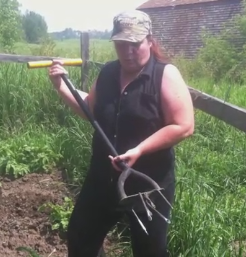
What To Do First?
The first thing we want to do is pull all of the weeds out from around the potato plants. We want to optimize the soil for potato growing and not for the weeds to flourish. Once all the weeds have been pulled we can work up the soil between the rows of potato plants. It is the soil between the plant rows that we will be using to hill the potato plants with and we need to first loosen up the soil that we will be pulling up around the plants otherwise the soil will be too hard to work with. To work up the soil there are motorized tools available and if you detest physical labor you might want to consider investing in a powered garden row tiller. An electronic or mechanical garden row tiller will aid in getting the job of working up the soil between the plant rows much easier and quicker and they are not too expensive.
A Gas Powered Small Garden Row Tiller
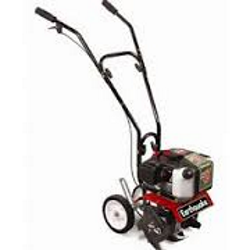
I have a large 8HP gas garden tiller the is too wide to fit between my potato plant rows and I do not have a smaller row tiller so I will have to use a hand tool to do the cultivating. Had I planted my rows further apart I could have gotten my big tiller in between the rows, but I wanted to conserve garden space so I planted my potatoes closer together and now I would need a row tiller to get safely between them without harming the roots of my plants. Thankfully I have a nice little tool that will do the cultivating job for me without too much effort. There are many different styles of hand cultivating tools available on the market, but I find that the cultivator/weed puller style that I have here works very well for me. This garden cultivator/weed puller works ideal for loosening up the garden soil fairly easily. It is very important when using these hand tools that you wear gloves or you will like get blisters on your hands - I know! I just have to push it into the ground and twist the t-bar handle to the right about a quarter turn and then raise it up and press it down into the ground again beside the spot that I just loosened. Between my rows I have to set the tool in the ground three times side by side to cover the whole width of the row and then I move back the width of the tool and set it in the ground three more times repeating the process. Walking on the loose soil will pack it down again, making the hilling process a little tougher. I like to begin at the farthest end of the garden row and work backwards so that I do not walk on the soil that I have just cultivated. This method requires a great deal of twisting and raising and lowering of the tool, but it is a good workout for the arms. If your garden is only 15 feet wide as mine is, then it does not take too long to cultivate the length of an entire row.
Hoe and Rake
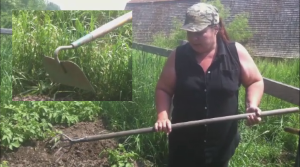
Step In The Valley Of The Rows
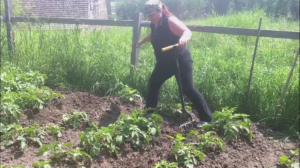
The Hilling of The Potato Plants
After all the soil is well loosened between the potato plant rows we are ready to begin the hilling of the potato plants. We do not want to walk on the freshly cultivated soil trampling it down with our feet and compacting it so we want to begin hilling at the first potato plant row. After we get the soil pulled up to the plants in the first row then we can walk in the valley or trench that was made when we removed the dirt for the hill. We can hill one side of the plants across entire garden while standing in the trench that the hilling created when we pulled the soil up to the plant. After we get to the far side of the garden potato plants we can turn around and work our way back hilling the other side of the potato plants while again still standing in the valley between the rows.
Garden Hoes and Rakes on SALE
Potato Plant Hilling
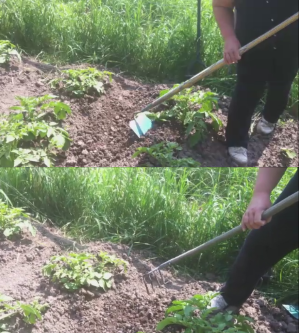
How Much Soil Do We Pull Up Around The Plant?
The more loosened soil that is around the potato plant the better, but just bring the soil up to the first set of leafs on the plant - do not cover any of the leafs of the plant with dirt. Ideally the finished hill would create a mound of earth that is at least 8 inches high and 18 inches wide at the bottom of the hill. This is a fairly large mound of earth that will allow for plenty of potato production. We will be limited by the amount of loose soil available for the hilling by the amount of soil that we loosened from our cultivating process. The tool that we used to cultivate between the potato rows determined the depth that the soil was loosened and, therefore, we only have that depth of loosened soil to hill our plants with. But our tool allowed us to loosen the soil at least four inches deep and that should provide plenty of loose dirt to cover the base of the potato plants adequately, making a nice hill. If we find that we do not have enough soil we can pull the soil up to the plants and then re-cultivate between the rows to loosen up more soil. Those who use a motorized garden row tiller likely work the soil to a depth deeper than 4 inches on the first cultivating and as a result will have plenty of soil to do the hilling properly.
The Benefits of Hilling The Potato Plants
Hilling the potato plants creates a good sizeable mound of loosened earth around the plant which allows water from the rain or the garden hose to saturate deep into the roots of the plant. The roots of the plant require a good amount of moisture and loose soil to produce large potatoes. The potatoes cannot grow freely in tightly compacted earth; compacted soil confines and restricts the potato as it is attempting to grow , causing less and smaller potato production.
All Finished
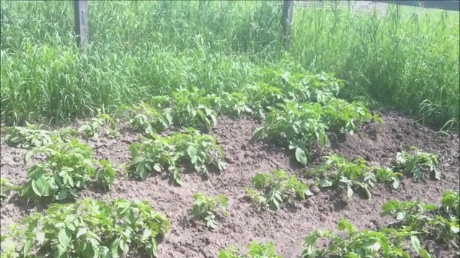
Questions or Comments?
I welcome all your questions and comments as well as any suggestions or ideas of your own. Please contact me through any of my links with any input that you desire to contribute. I enjoy hearing from everyone.
Thank you
How To Pam



